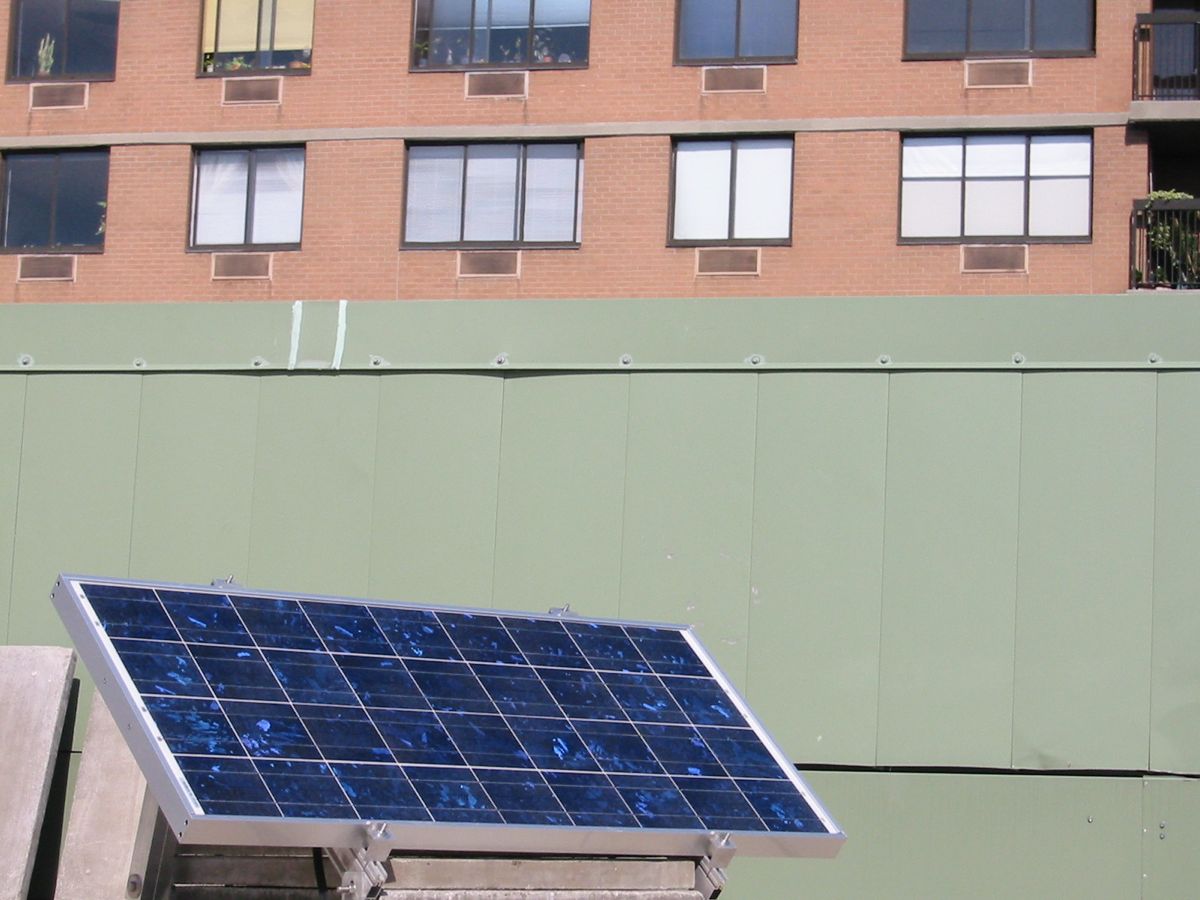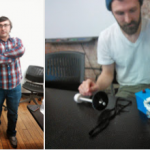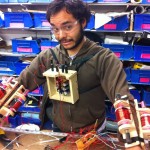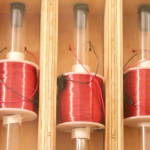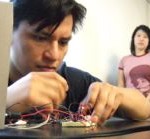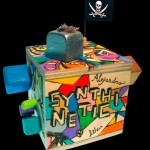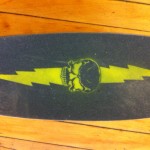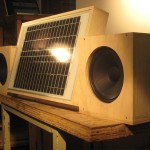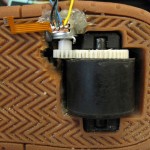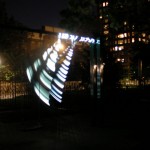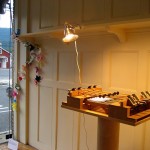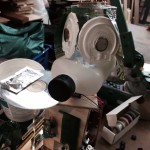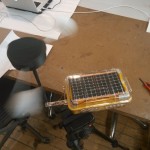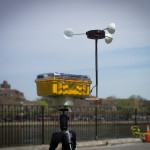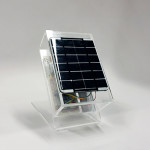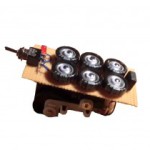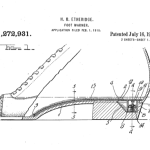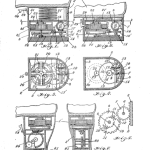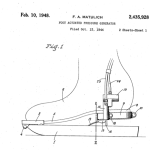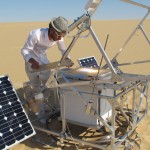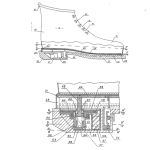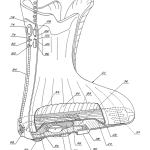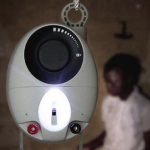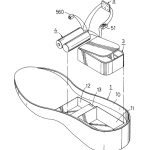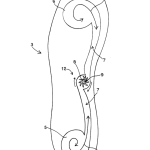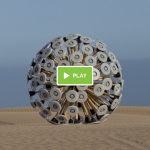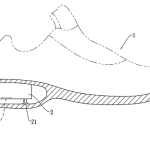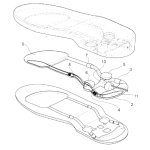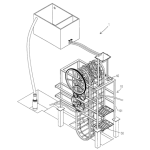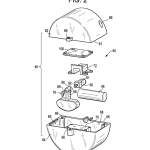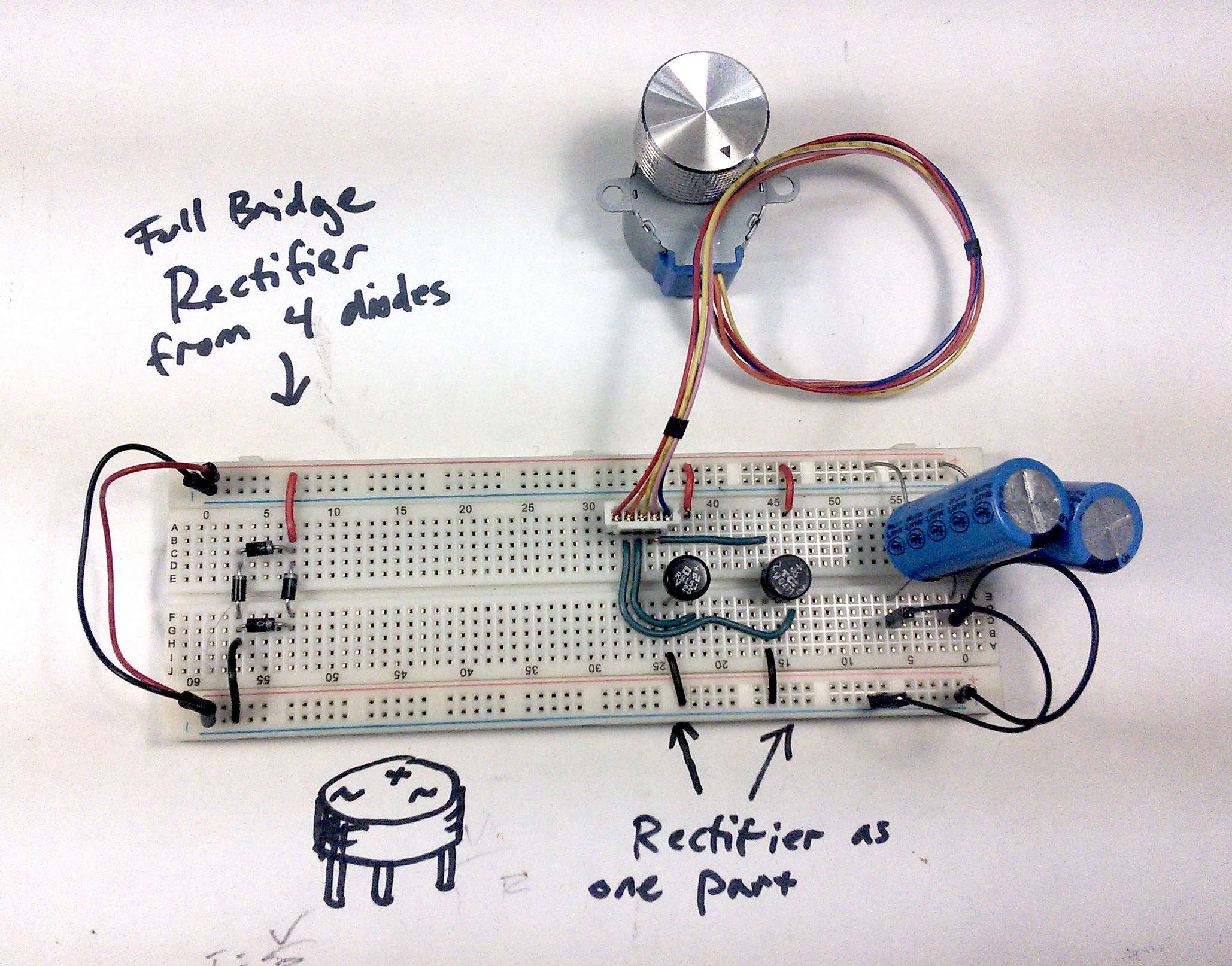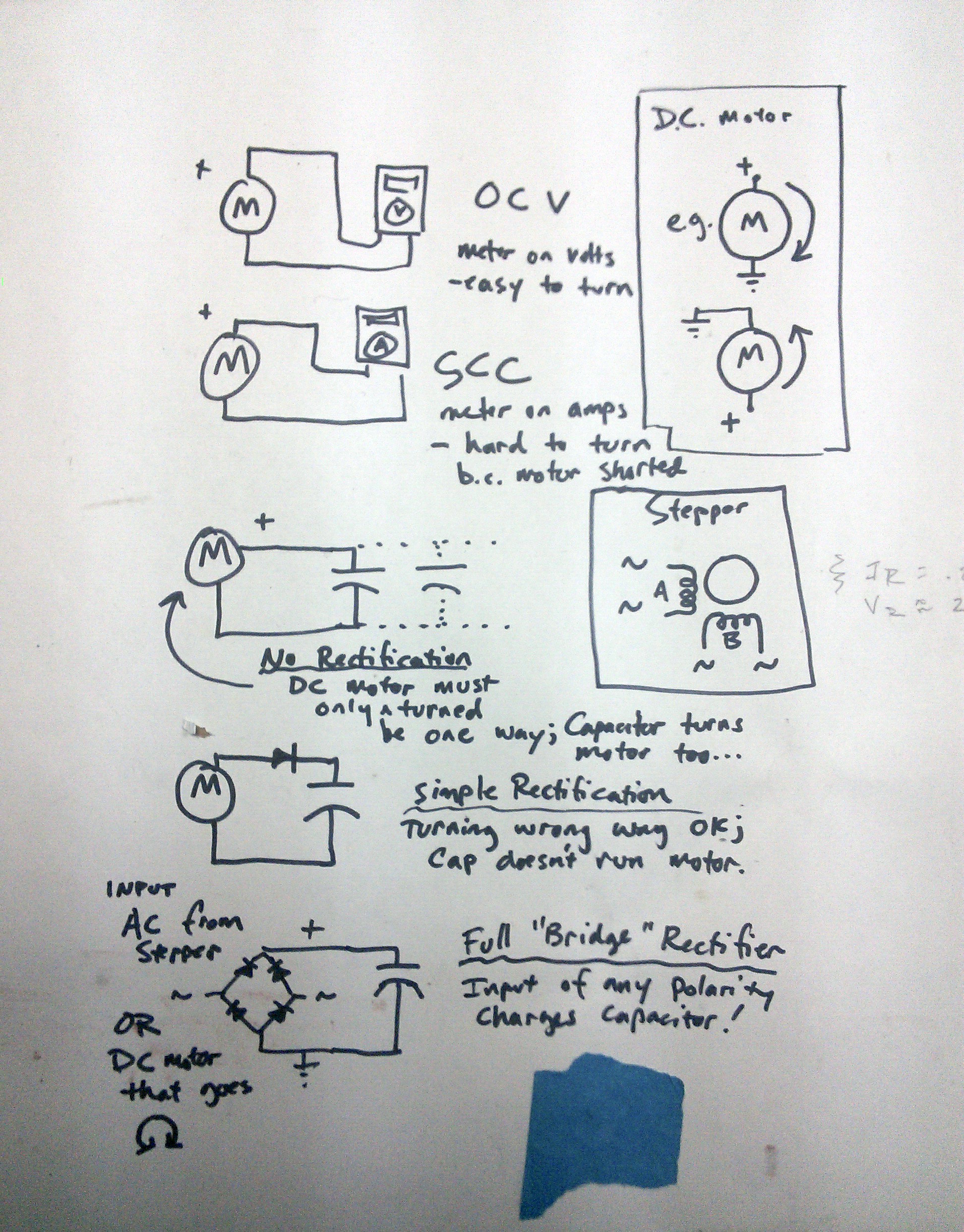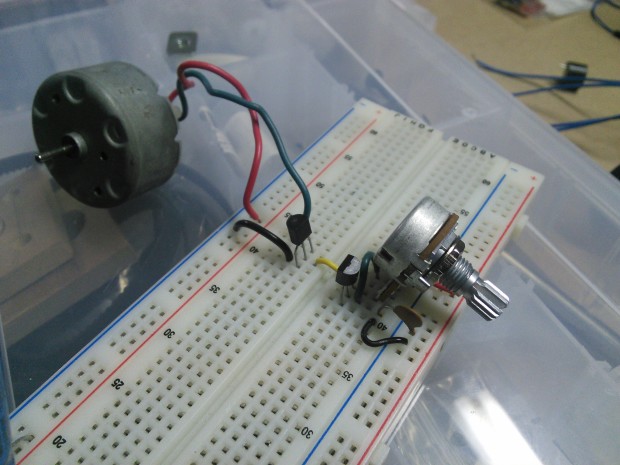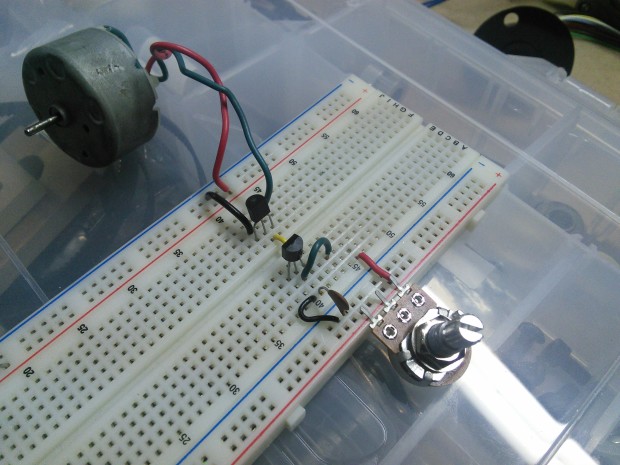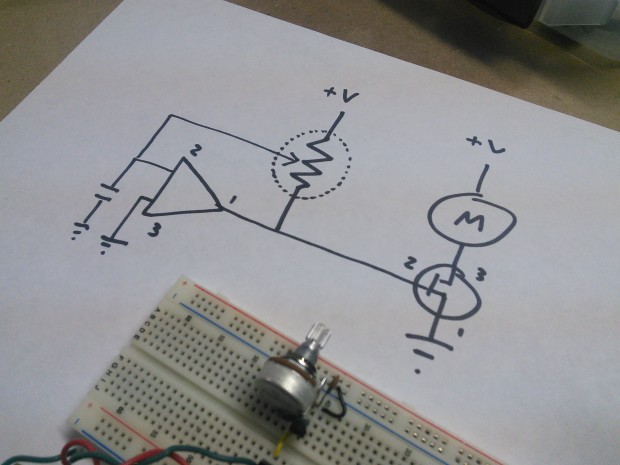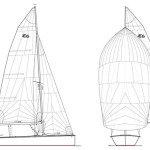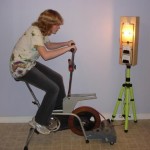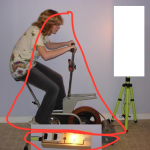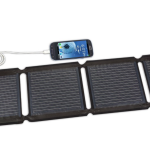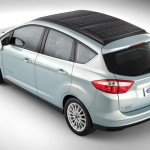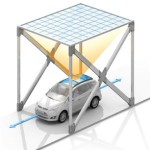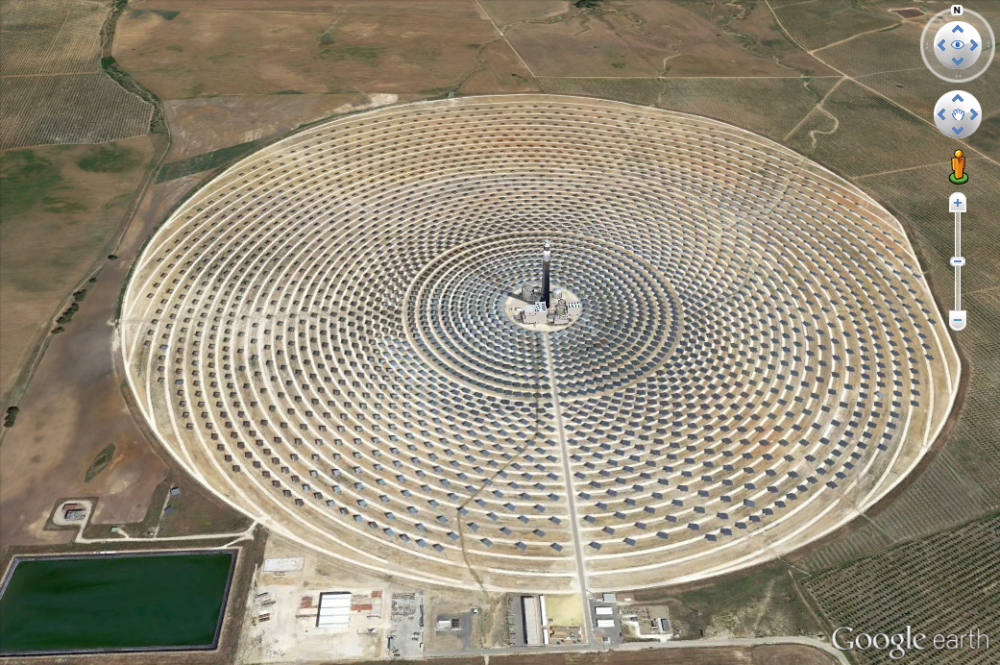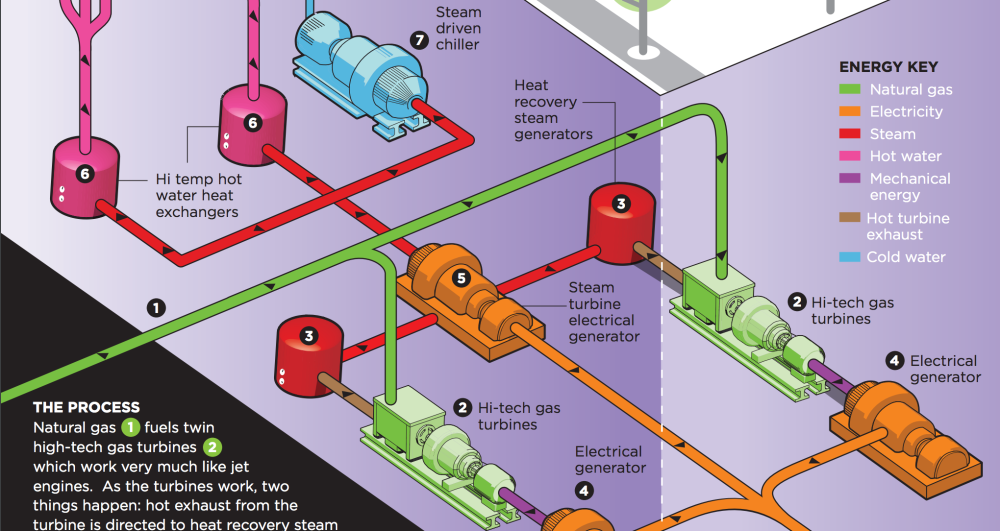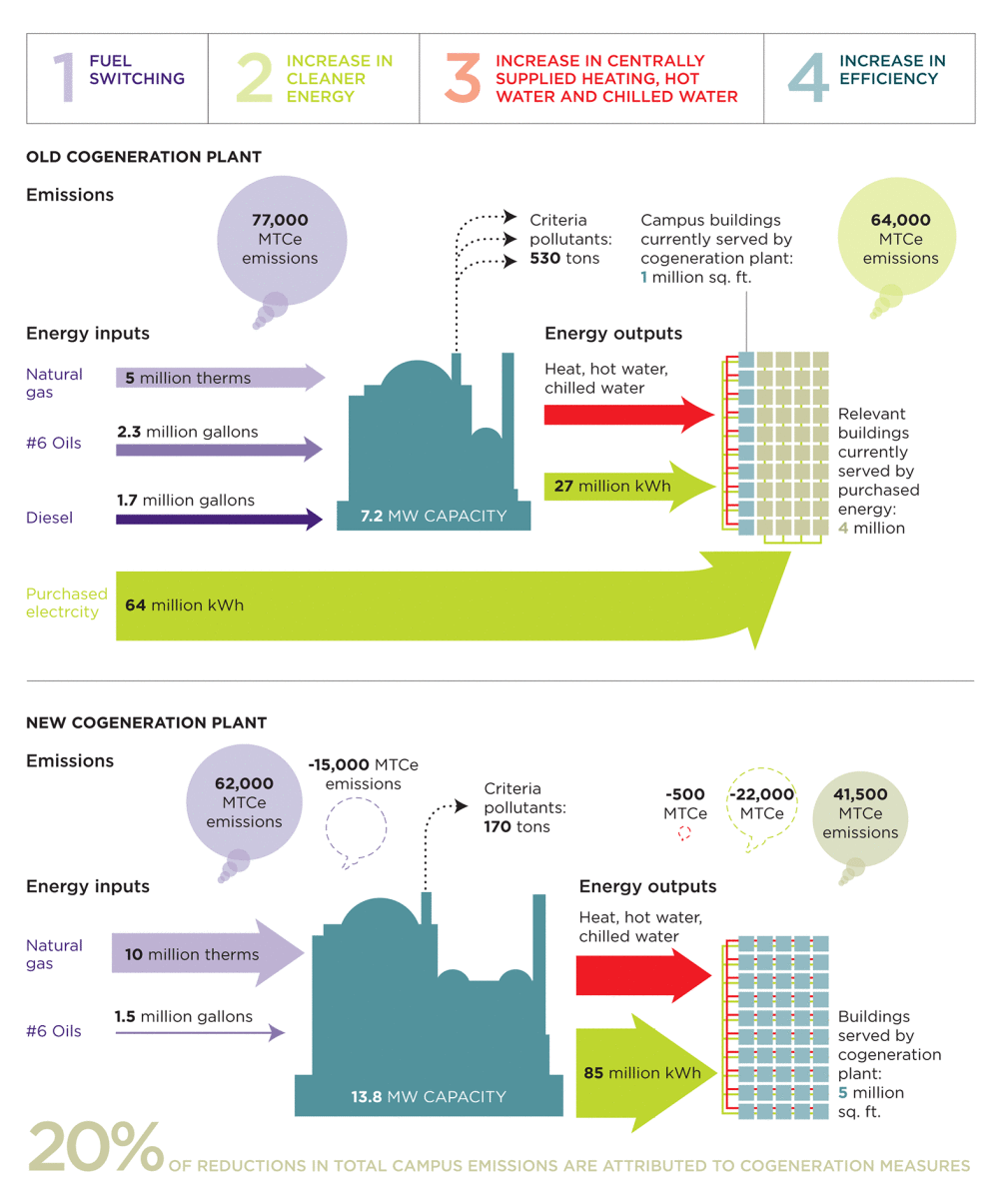Thursdays, 12:10 – 2:40PM
Go to: Main class page goto week: 01 02 03 04 | 05 06 07 | 08 09 10 | 11 12 13 14
Schedule Overview:
| Date | Class | Date | Class |
|---|---|---|---|
| 1/28 | 1. Intro | 3/24 | 8. Measurement, Kinetic 2 |
| 2/4 | 2. Kinetic 1 | 3/31 | 9. Solar 2 |
| 2/11 | 3. Storage 1 | 4/7 | 10. Measurement presentations |
| 2/22 | 4. Kinetic presentations, Solar preview. NOTE: this is RESCHEDULED to be on the MONDAY following the regular class time. | 4/14 | 11. Field trip to NYU CoGen Station |
| 2/25 | 5. Solar 1 | 4/21 | 12. Final Workshops |
| 3/3 | 6. Storage 2 | 4/28 | 13. Special Topics |
| 3/10 | 7. Solar presentations | 5/5 | 12. Final Presentations |
| 3/17 | Spring Break - no class |
Student Documentation:
[row class=”row-fluid”][col class=”span4″]Angela Perrone
Joakim Quach
Jamie Ruddy
Greg Housset[/col][col class=”span4″]Xiwei Huang
Jared Friedman
Nicola Carpeggiani
Mathura Govindarajan
Marcelo Cespedes[/col][col class=”span4″]Jesse Horwitz
Naoki Ishizuka
Renata De Carvalho Gaui
Yuan Gao
Brady[/col][/row]
Some previous class projects:
Rios’ Ironman and Pedal Synth, Synthenetic, Circuit Board, SolaSystem, Heely generators, Light Swing, Solar Xylophone and some of Rory’s other stuff, Sam Galison’s squeezebox, Daft Junk, Kina’s Songlogger, Joao’s Sol, Oryan and Edon’s Solar Power Man, Hugo and Joe’s Datalogger, Natalia and Jacob’s light bug.
Week 1: Introductions
1/28/16
Most of your projects at ITP have an on button and a power supply – they are active energy users. They might even never turn off. This is possible because computation has become extremely efficient, abundant, and cheap. At the same time, the work you create at ITP may help make technology more irresistible, an increasing part of daily life. The energy consequences of that on button are magnified.
But if you’ve ever smelled that “hot electronics” smell from a frying TIP120 or LM7805, you’ve been closer than most to tackling questions about energy directly. And because of your work at ITP, you are in a good position to understand energy in a precise and nuanced way – an understanding generally all too lacking.
In this first class we begin the adventure of looking at the world – from the scale of an individual electronics project to the scale of the universe – in terms of energy. We introduce (or reintroduce) some of the few terms and units we will rely on throughout the semester: watts, joules, work, power.
The first class serves as an introduction to some of the larger themes we will pursue over the course of the semester. We look at the origins of the course and the relevant parts of my background, and hear from you about your experience and expectations.
More energy projects:
Photos: Soccket (See PM story from 2010 and updated in 2011), Gravity Light, Mine Kafon, Solar Sinter. Others are kinetic energy patents through the ages – filename = patent number.
In class:
- 2003 blackout presentation
- Build and measure pendulums.

- Form teams for the kinetic challenge.
- Steve Reich’s Pendulum Music and EPCOT’s energy song (and another).
Reading:
- An excerpt from Vaclav Smil’s earlier work: Energies: An Illustrated Guide to the Biosphere and Civilization. 1999, MIT Press, online here [pdf, 2.2mb]
Assignments:
- Find one or more potential “converter” candidates for the Kinetic challenge. DC gear head motors work very well. Steppers, or (to a much lesser extent) piezo crystals are potential candidates. Also find light sources – hi bright LEDs, etc. Can you get your converter to light up your light? Bring all materials to class next week. Also brainstorm solutions for the challenge with your partner.
- Watch the section of this video (from 22:25 to 30:30) that introduces conservation of energy.
Housekeeping:
- Get the Smil text.
- Send me the link to where you will be keeping your documentation. Remember – your link should take me just to stuff for this class.
- Sign up for a shop safety session if you did not take one last semester. Follow all shop policies.
Week 2: Kinetic Energy 1 – Generating and Conditioning
2/4/16
We’ll quantify kinetic energy, and see how it is converted into electricity (accounting for almost all of the world’s electricity generation).
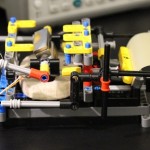 Last week we used some basic physics like force = mass * acceleration to start to understand our SI units for energy (the joule = 1 newton * 1 meter) and power (1 watt = 1 joule / 1 second). We used this to calculate things like the difference in gravitational potential energy in the masses of our pendulums when they were raised to their starting points.
Last week we used some basic physics like force = mass * acceleration to start to understand our SI units for energy (the joule = 1 newton * 1 meter) and power (1 watt = 1 joule / 1 second). We used this to calculate things like the difference in gravitational potential energy in the masses of our pendulums when they were raised to their starting points.
This week we’ll start with a very birds-eye view of energy, covering the history of the universe in a few minutes, up to “the world until yesterday”. We’ll see the genesis of heat engines – devices that turn chemical energy from fuel into useful mechanical work and which have fundamentally shaped the modern world; and we’ll introduce induction, the primary means by which we turn mechanical work into electricity. Almost every electron we use is pushed to us this way.
In class:
- Lab: Generating and Conditioning. Topics will include:
- Measuring current with a meter
- Measuring open circuit voltage, closed circuit current of a converter
- Intro to: Voltage regulators, bridge rectifiers, role of capacitors
- Kinetic Energy slides – we didn’t get to these b/c we used the entire class for the lab.
- 5 Minute Energy – likewise. We’ll cover these at a later date.
- Kinetic Electrical one-sheet
For reference:
- This video shows a Soccket being assembled. The motor/generator appears to be a Precision Microdrive DC motor such as this one from Sparkfun. The battery is probably a single 18650 lithium cell. This is the Soccket patent. Aside from the generator and battery, the main other component is the LTC34105 chip from Linear Technology.
- There’s a set of iFixit guides to the Gravity Light, which let us see the insides of an early version. Here’s their patent. Note they nearly all the circuitry save the motor/generator and LED, relying on the mechanism to store and release energy. Precision Microdrives appears again, this time as a consultant to the Gravity Light team for their gear train.
- The ingenuity of these types of things lies in the mechanics more than the electronics. The magnet/coil side of things is pretty settled. Note this 1900 patent for generating electricity from the wind; elaborate mechanism of sails, pulleys, and chains, ultimately spinning coils inside a (horseshoe) magnet.
- As such, the same ideas resurface continually. Note all the shoe power patents above. Also, here’s three versions of a revolving door generator, including the “world’s first” in 2008 and one from the 1920s.
- The circuit and schematic from class.


- Mathura’s cool reconfigurable gearbox and motor kit shows how gearboxes trade speed for torque.

Reading:
- Smil, Energy, a Beginner’s Guide Chapters 1 and 2
- Energy Scavenging for Mobile and Wireless Electronics, Paradiso, Starner, 2005.
- Some good material on induction can be found in this recent Make project
Assignment
- Continue building your kinetic device. Determine a means for storing energy (e.g. suspended mass, as in Gravity Light, capacitor, etc.).
Week 3: Storage 1 – capacitors
02/11/16
We’ll look at the connection between motion and electricity via induction, and quantify the energy stored when charging capacitors.
An LED is a pretty forgiving load to power, since it doesn’t doesn’t need to boot up and compute anything. As long as we provide enough current (but not too much) we can light it up. So using an LED (or rather, light in general) for the kinetic challenge is a good place to start. However, we might eventually want to power a less forgiving load – something like a microcontroller that requires a more carefully regulated power supply.
The Paradiso/Starner reading gives a good introduction to the kinds of sources that might be considered for powering mobile electronics. (BTW – they’ve treated each topic covered in that paper in more depth elsewhere. Search for their papers if a particular area is of interest.) Typically those sources are low power and intermittent, both factors in requiring some degree of energy storage.
In class today we’ll look at adding capacitors to the rectifier circuit we saw last week, and we’ll calculate the energy stored in a capacitor. Once we know that we can determine the “real world” power a generator is capable of by using it to charge a capacitor: the energy added to the capacitor, divided by the time to do it, yields the power of our generator.
In class
Kinetic quiz- Discuss Paradiso and Smil
- Strategies for conditioning kinetic input. We *might* also get to general notes on energy storage; if so I’ll post them here.
- See kinetic challenge hardware in progress
- Lab: Measuring power by charging capacitors (worksheet)
Reading:
- Smil – chapter 3.
- Biomechanical Energy Harvesting, Donelan et. al.
Watch: Inductor video for more information on step up converters and using steppers as inputs
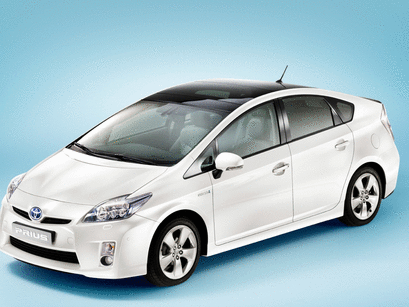
Assignment: Finish kinetic challenge for presentation next class. Be prepared to quantify your work using energy and power terms.
Week 4: Kinetic presentations
MONDAY 2/22/16 (Rescheduled from 2/18)
You will present your creations for the kinetic challenge in class. Some projects from previous years:
Kinetic Presentations
Theme for the day:
In class:
- Solar preview
- Workshop final concepts
Reading:
Commit to a deep reading of one or more chapters of the remaining Smil text, and skim the rest. E-mail me what you choose to read in detail.
Watch: Solar 1.1 and Solar 1.2. We’ll review this material in class next week.
Assignment: Prep for the solar challenge – BEAM robots. We will discuss this in class.
For BEAM circuits, I think Make Magazine currently has the best collection of information. The best places to start are the voltage triggered and flashing LED (2) solar engines. Pummers are a nocturnal light-based circuit that are a little more complicated. Additional resources (not very recent, but the more current BEAM Wiki appears to be offline):
Materials – I will be distributing small solar cells as well as voltage triggers (the pcomp supply area also stocks voltage triggers). Please solder leads onto the foil tabs of your solar cell(s) or get other PV material for the assignment.
If you’re interested in low-power computation, a useful library is: Jeelabs low power library – dramatically reduce power consumption on your microcontroller. This weather station project – a good walk through of designing a solar powered weather station (not Arduino per se but similar) – as well as these specific notes on solar charging.
Week 5: Solar 1
02/25/16
We’ll take a first look at photovoltaics – a non-induction means of generating electricity.
Aside from nuclear, tidal, and geothermal energy, all energy ultimately comes from our sun. In space, near earth, this power flow is about 1370W per square meter; on earth with the sun directly overhead we can expect about 1000W per square meter. This enormous power flow drives the wind and waves (the kinetic energy of which we can capture), lifts the water that rains down and fills damn reservoirs (the elevation of which provides gravitational potential energy), and, for billions of years, has been captured by life on earth, subsumed by geological forces and transmuted into the fossil fuels – coal, oil, natural gas – that are currently powering our civilization.
But as powerful and pervasive as sunlight is, compared to the fossil fuels we’ve become accustomed to, it is diffuse and intermittent: it will take a lot of PV material, and the ability to economically store the electricity it produces, to run big parts of civilization. In this class, we start small, looking at BEAM robots, which accumulate solar power and use it in small bursts to create charismatic life-like creatures. This will serve as a basis for considering big solar power.
In class:
- Measuring PV SCC and OCV
- Miller, VT and FLED solar engines
- Breadboarding Miller engine (schematic here)
For next week: Perfect, modify, hack, expand your BEAM circuits in preparation for seeding the terrarium in two weeks.
Solar Demo from Jeff Feddersen on Vimeo.
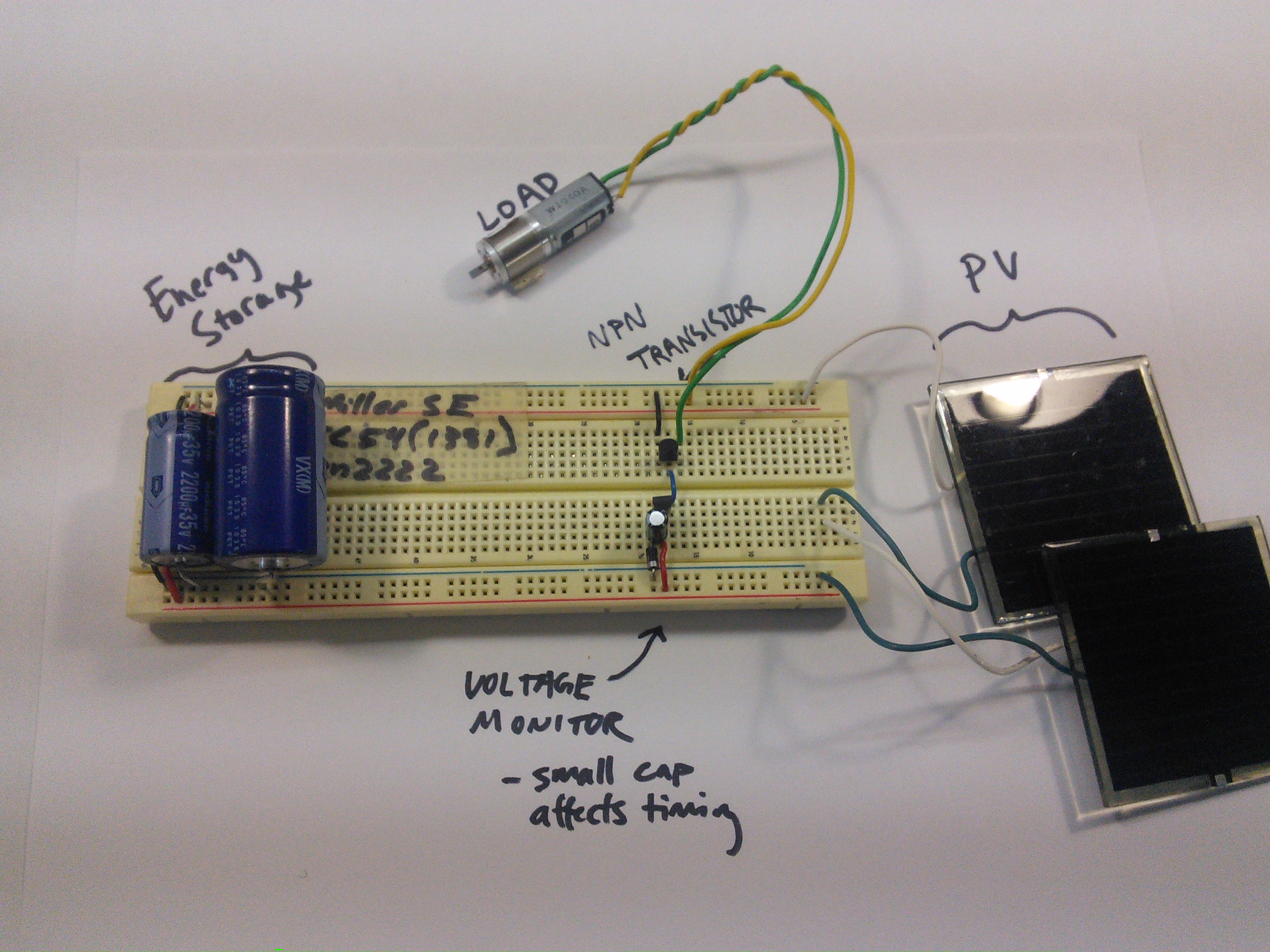
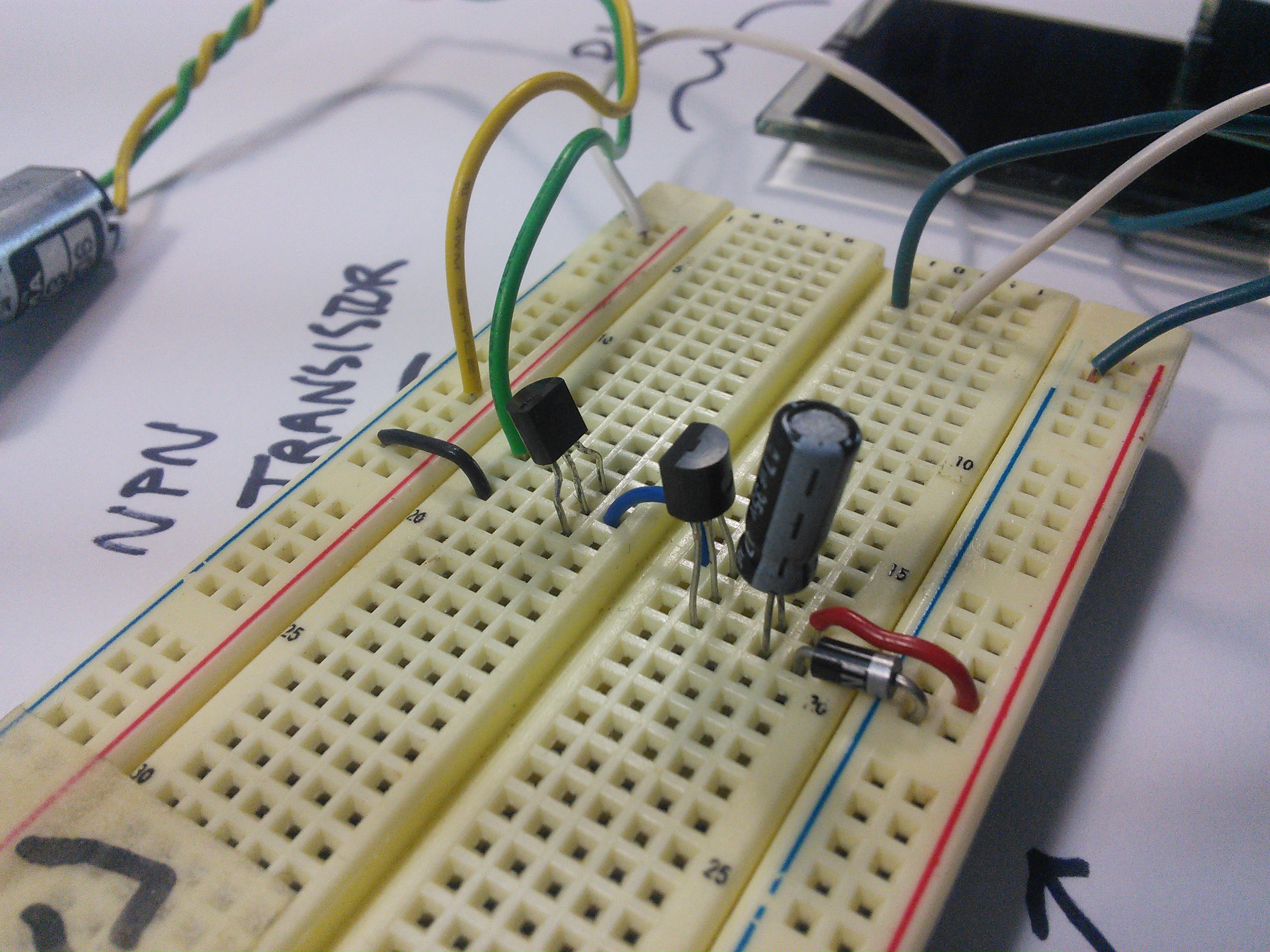
Presentations. We’ve been emphasizing in-class labs over lectures, but here is a collection of slides that we’ve some or all of so far:
- Solar 1
- 5 Minute Energy – The big bang through the industrial revolution
- Kinetic Energy
- Energy Storage
- Capacitors
Week 6: Storage 2 – batteries
03/3/16
We’ll consider batteries.
I’ve visited Thomas Edison’s factory in East Orange, NJ, now a national park. On display are Edison’s library, large and precision machine shops, his early recording studio (where a variety of cones performed the function of microphones) and a reproduction of “Black Maria”, the house-like film stage with a retractable roof that could be rotated to follow the sun.
Edison developed a robust nickel-iron battery used in early electric transportation applications. Many of his other devices, such as the cylinder recorder shown below, were powered by batteries in beautiful glass jars. Improvements in batteries since this time have been incremental – while the power density of batteries has increased (the ability to rapidly charge and discharge), their overall energy storage per unit of mass or volume has increased less rapidly.
In 2015 I wrote: “Some battery news this year (will any be around next year?) Sakti3, kAir (see also here), and packing peanuts.” As of this year, Sakti merged with Dyson, kAir pivoted and might have vanished, and there’s been no news since then on packing peanuts as batteries. This is typical of the battery space: each year brings promises of a new technology that will revolutionize batteries, but actual innovations that can make it to market and actually be manufactured at scale are few and far between.
In class:
- Debug bots
- Look at variable trigger solar circuit
- Assess batteries
- If time permits, energy storage exercise.
Discuss: Batteries as energy storage
Assignment:
- Finish your solar bots.
- Prepare to tell the class what your final project concept is. After we return from break, we’ll use some class time in week 8 to look at final ideas in more detail. Bear in mind these goals from the syllabus, at least one of which your project should tackle:
- Meet the requirement for “weak sustainability” – project gets all energy for operation from its users or the surrounding environment (no primary batteries, no plugs).
- Quantify its energy usage in terms of input, storage, and output, with efficiencies at each stage.
- Use energy concepts as an explicit and essential part of the conceptual underpinnings of the project.
- Make a positive difference.
In class I used the “Variable Trigger” Solar Engine to fire a motor at a higher voltage than the built-in setting of the voltage detector (the left-hand version of the schematic in the link). We didn’t go over it in class, but below is the main circuit on the breadboard, shown complete and once with the potentiometer removed for clarity, as well as a schematic redrawn in a way that is clearer to me.
Week 7: Solar presentations
03/10/16
We’ll see your BEAM projects, and look at advanced PV topics along with other non-PV solar technologies. You’ll present a brief outline of your final-final concept to the class.
Assignment: Post the following info about your project to your blog. We’ll review them in class right after Spring Break.
- Project name or code name
- 7-word “slug line”
- 1-2 paragraph description
- Approximate bill of materials
- Weekly schedule through week 14
Also, pick a topic for your measurement presentation.
To cap off the kinetic and solar sections, here are some projects I find inspiring:
- The first human-powered flight, and the first such flight across the English Channel.
- The first human-powered helicopter to win the Sikorsky prize.
- The same team set a recent human-powered land speed record.
- Blimps! Some solar-powered, some not; all expending no energy for lift.
- A long running attempt to transit the globe on solar power, and an upcoming one to cross the atlantic on solar and biofuel.
- The same Paul MacCready of the human powered flights in the 70s developed solar powered drones in the 90s. Here’s a TED talk he did.
- Here’s a clever 3D printer combining PV and solar thermal energy.
- The LightSail CubeSat is scheduled to launch this year.
3/17/16 Spring Break
No Class
Week 8: Kinetic 2
03/24/16
We’ll look at grid-scale kinetic energy like wind turbines. We’ll also discuss final concepts in class.

Some local (state-level) and global (country-level) energy stats from the US Energy Information Agency.
After the break, we’ll talk about energy measuring and estimating. As an activity, we’ll break into teams and analyze sections of the floor using direct measurement, the Enertiv system (log into the API here), research, and guessing.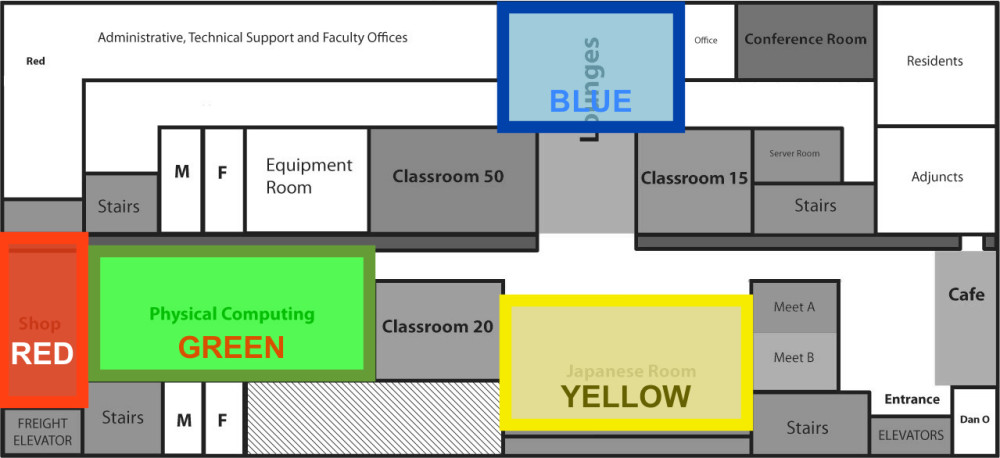
For next week:
- Work on measurements for presentation in class in two weeks.
- Work on final. Research prior work related to your concept (note: this can dovetail with measurement project).
- Find an energy-related bill (probably gas or electric) from your life to bring in to class next week.
Week 9: Solar 2
03/31/16
We’ll examine concentrating solar and balance of system components.
In class:
- Bills
- Solar 2 lecture
- Measurement Project
Assignments:
- Finish personal measurement project and prepare a “1/2 pechakucha” presentation, e.g. 10 slides @ 20 seconds each.
- Continue working on your final.
Resources: ITPs Enertiv Javascript module
Week 10: Measurement presentations
04/07/16
We hear your measurement presentations today. We’ll also preview NYU’s cogen facilities. Next week we’ll have a visit by John Bradley, NYU’s VP of Sustainability, Energy and Technical Services. He’ll review some energy stats on the small-city-sized operation that is NYU, and then we’ll go over to Mercer Street for a tour of an actual power station.
Some other NYU/NYC/National energy resources:
- ACRE, NYU’s cleantech incubator in Brooklyn.
- NYU’s Green Grant Program. Submissions are year-round with the next deadline April 25.
- A block by clock map of energy consumption in NYC from 2012. See the footnotes for the source data.
- The DOE released it’s first-annual report on Energy and Jobs.
Week 11: Field Trip
04/14/16
Today we’ll hear from John Bradley (see bio above) and visit NYU’s combined heat and power plant, which provides electricity along with hot and chilled water for the campus. The plant represents a mid-sized version of perhaps the best a fossil fuel plant can do: it uses low-carbon natural gas, and takes measures to capture energy that other plants would traditionally loose as waste heat.
John’s presentation slides.
Graphic from this guy
However, it’s still combustion. Natural gas, while cleaner-burning than the oil it replaces for NYU, still has a large hand in global warming when the entire extraction, storage and distribution is considered, as evidenced by the huge gas leaks this year in California and elsewhere. Institutions of all sizes will have to do better, and soon.
How soon? And how? Daniel Nocera puts future energy consumption in perspective in many talks online. Here’s a short one and a long one. And recently, James Hansen has issued updated, and very dire, predictions about the consequences of climate change.
NYU’s on an island: how does that look on this map? But then again, NYU is a global university, with a presence around the world. Through NYUAD, it’s involved with Masdar City, a planned, much-heralded but yet-to-be-realized eco city with solar powered autonomous public transit. What else?
Week 12: Final Workshop
04/21/16
After convening as a class, I’ll schedule 1-1 meetings with each project.
Week 13: Special Topics
04/28/16
It was entropy all along…
Today we’ll talk about the fraction 16/27; the expression 1-(Tc/Th); a demon; and a (possible, debated) paradox. We’ll plan for next week, and next year and maybe the next decade.
Week 14: Final Presentations
05/05/16
